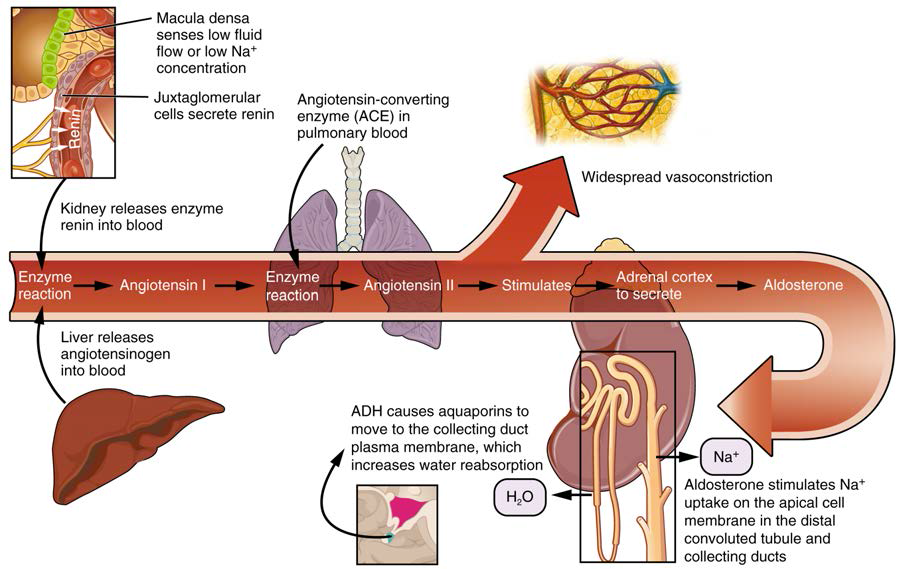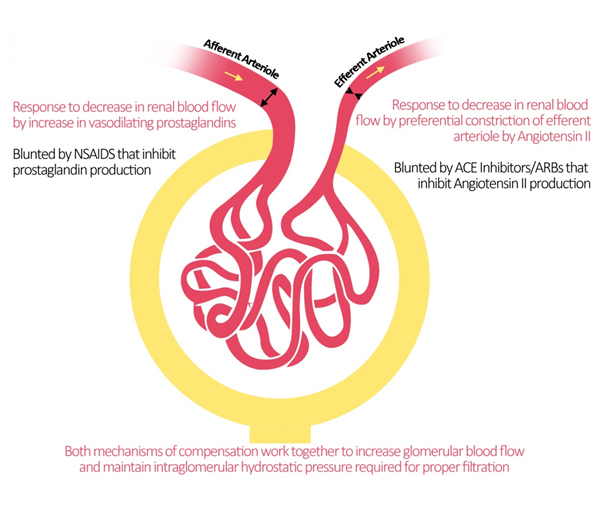WBR0516: Difference between revisions
No edit summary |
m (refreshing WBR questions) |
||
| (13 intermediate revisions by 3 users not shown) | |||
| Line 1: | Line 1: | ||
{{WBRQuestion | {{WBRQuestion | ||
|QuestionAuthor=[[User:Gonzalo Romero|Gonzalo A. Romero, M.D.]] | |QuestionAuthor= {{SSK}}, [[User:Gonzalo Romero|Gonzalo A. Romero, M.D.]] (Reviewed by Serge Korjian) | ||
|ExamType=USMLE Step 1 | |ExamType=USMLE Step 1 | ||
|MainCategory=Physiology | |MainCategory=Physiology | ||
| Line 8: | Line 8: | ||
|MainCategory=Physiology | |MainCategory=Physiology | ||
|SubCategory=Renal, Vascular | |SubCategory=Renal, Vascular | ||
|MainCategory=Physiology | |||
|MainCategory=Physiology | |MainCategory=Physiology | ||
|MainCategory=Physiology | |MainCategory=Physiology | ||
| Line 20: | Line 21: | ||
|MainCategory=Physiology | |MainCategory=Physiology | ||
|SubCategory=Renal, Vascular | |SubCategory=Renal, Vascular | ||
|Prompt= | |Prompt=A 45-year-old man presents to his primary care physician for 2 weeks of recurrent occipital headaches. He reports several episodes of throbbing pain associated with mild blurring of his vision. He explains that his wife has recorded his blood pressure on several occasions an noticed that his systolic pressure always ranges between 160-190 mmHg. Physical exam is unremarkable except for a blood pressure of 168/92 mmHg. Concerned, the physician decides to start the patient on enalapril for blood pressure control. What is the most likely effect of this drug on the patient's renal dynamics? | ||
|Explanation=[[ | |Explanation=[[File:RAAS Phys.png|500px]]<br> | ||
[[Enalapril]] is an angiotensin converting enzyme inhibitor (ACEI) used in the treatment of [[hypertension]]. ACEIs act by inhibiting the formation of angiotensin II (AT-II) from its precursor angiotensin I (AT-I) leading to the inhibition of the renin-angiotensin-aldosterone cascade. Physiologically, states of low volume/pressure that are sensed by the juxtaglomerular apparatus lead to the release of renin. [[Renin]] converts the liver-produced angiotensinogen into AT-I. The latter is then converted into AT-II by the action of ACE primarily in the lungs. AT-II functions to restore blood pressure by acting as a systemic vasoconstrictor. This causes a decrease in renal plasma flow (RPF). However, AT-II also preferentially constricts the glomerular efferent arteriole, which causes an increase in the hydrostatic pressure within the [[glomerulus]] increasing the glomerular filtration rate (GFR). Given that the filtration fraction (FF) is the ratio of GFR to RPF, the increase in GFR and drop in RPF causes an increase in FF. | |||
<br> | [[ACE inhibitor]]s such as enalapril, decrease AT-II causing a reversal of its effects. With loss of [[vasoconstriction]], the RPF increases. Similarly with loss preferential efferent arteriole constriction the GFR decreases. Both these effects causes a decrease in FF. These effects are responsible for the mild increase in [[creatinine]] observed in patients upon the initiation of these agents.<br> | ||
[[File:WBR0516.jpg|500px]] | |||
|AnswerA=Increase in | |AnswerA=Increase in filtration fraction, increase in glomerular filtration rate and decrease in renal plasma flow | ||
|AnswerAExp= | |AnswerAExp=These changes correspond to the effects of AT-II. | ||
|AnswerB=Decrease | |AnswerB=Decrease filtration fraction, decrease glomerular filtration rate and increase renal plasma flow | ||
|AnswerBExp= | |AnswerBExp=These changes correspond to the effects of an ACE inhibitor. | ||
|AnswerC=No change in | |AnswerC=No change in filtration fraction, decrease in glomerular filtration rate and decrease in renal plasma flow | ||
|AnswerCExp= | |AnswerCExp=These changes correspond to the effects of afferent arteriolar constriction. This effect may be seen with NSAID intake. | ||
|AnswerD=Increase in | |AnswerD=Increase in filtration fraction, Increase in glomerular filtration rate and no change in renal plasma flow | ||
|AnswerDExp= | |AnswerDExp=These changes may be seen with a decrease in plasma proteins leading to a relative increase in GFR and FF without actual changes in RPF. | ||
|AnswerE=Decrease in | |AnswerE=Decrease in filtration fraction, decrease in glomerular filtration rate and no change renal plasma flow | ||
| | |AnswerEExp=These changes may be seen with an increase in plasma proteins leading to a relative decrease in GFR and FF without actual changes in RPF. | ||
|EducationalObjectives=[[ACE inhibitor]]s such as enalapril, decrease AT-II causing an increase in RPF, a decrease in GFR, and a subsequent decrease in FF. | |||
|References=Eaton D, Pooler J. Vanders Renal Physiology, Eighth Edition. Chapter 2. Renal Blood Flow and Glomerular Filtration. McGraw-Hill; 2013. | |||
First Aid 2014 page 526. | |||
|RightAnswer=B | |RightAnswer=B | ||
|WBRKeyword=Filtration fraction, GFR, ACE inhibitor, | |WBRKeyword=Filtration fraction, GFR, ACE inhibitor, Enalapril, Renal, RAAS, Renin, Angiotensin, Angiotensin-converting enzyme, Glomerular filtration rate, | ||
|Approved= | |Approved=Yes | ||
}} | }} | ||
Latest revision as of 00:50, 28 October 2020
| Author | [[PageAuthor::Serge Korjian M.D., Gonzalo A. Romero, M.D. (Reviewed by Serge Korjian)]] |
|---|---|
| Exam Type | ExamType::USMLE Step 1 |
| Main Category | MainCategory::Physiology |
| Sub Category | SubCategory::Renal, SubCategory::Vascular |
| Prompt | [[Prompt::A 45-year-old man presents to his primary care physician for 2 weeks of recurrent occipital headaches. He reports several episodes of throbbing pain associated with mild blurring of his vision. He explains that his wife has recorded his blood pressure on several occasions an noticed that his systolic pressure always ranges between 160-190 mmHg. Physical exam is unremarkable except for a blood pressure of 168/92 mmHg. Concerned, the physician decides to start the patient on enalapril for blood pressure control. What is the most likely effect of this drug on the patient's renal dynamics?]] |
| Answer A | AnswerA::Increase in filtration fraction, increase in glomerular filtration rate and decrease in renal plasma flow |
| Answer A Explanation | AnswerAExp::These changes correspond to the effects of AT-II. |
| Answer B | AnswerB::Decrease filtration fraction, decrease glomerular filtration rate and increase renal plasma flow |
| Answer B Explanation | AnswerBExp::These changes correspond to the effects of an ACE inhibitor. |
| Answer C | AnswerC::No change in filtration fraction, decrease in glomerular filtration rate and decrease in renal plasma flow |
| Answer C Explanation | AnswerCExp::These changes correspond to the effects of afferent arteriolar constriction. This effect may be seen with NSAID intake. |
| Answer D | AnswerD::Increase in filtration fraction, Increase in glomerular filtration rate and no change in renal plasma flow |
| Answer D Explanation | AnswerDExp::These changes may be seen with a decrease in plasma proteins leading to a relative increase in GFR and FF without actual changes in RPF. |
| Answer E | AnswerE::Decrease in filtration fraction, decrease in glomerular filtration rate and no change renal plasma flow |
| Answer E Explanation | AnswerEExp::These changes may be seen with an increase in plasma proteins leading to a relative decrease in GFR and FF without actual changes in RPF. |
| Right Answer | RightAnswer::B |
| Explanation | [[Explanation:: Enalapril is an angiotensin converting enzyme inhibitor (ACEI) used in the treatment of hypertension. ACEIs act by inhibiting the formation of angiotensin II (AT-II) from its precursor angiotensin I (AT-I) leading to the inhibition of the renin-angiotensin-aldosterone cascade. Physiologically, states of low volume/pressure that are sensed by the juxtaglomerular apparatus lead to the release of renin. Renin converts the liver-produced angiotensinogen into AT-I. The latter is then converted into AT-II by the action of ACE primarily in the lungs. AT-II functions to restore blood pressure by acting as a systemic vasoconstrictor. This causes a decrease in renal plasma flow (RPF). However, AT-II also preferentially constricts the glomerular efferent arteriole, which causes an increase in the hydrostatic pressure within the glomerulus increasing the glomerular filtration rate (GFR). Given that the filtration fraction (FF) is the ratio of GFR to RPF, the increase in GFR and drop in RPF causes an increase in FF.
ACE inhibitors such as enalapril, decrease AT-II causing a reversal of its effects. With loss of vasoconstriction, the RPF increases. Similarly with loss preferential efferent arteriole constriction the GFR decreases. Both these effects causes a decrease in FF. These effects are responsible for the mild increase in creatinine observed in patients upon the initiation of these agents. |
| Approved | Approved::Yes |
| Keyword | WBRKeyword::Filtration fraction, WBRKeyword::GFR, WBRKeyword::ACE inhibitor, WBRKeyword::Enalapril, WBRKeyword::Renal, WBRKeyword::RAAS, WBRKeyword::Renin, WBRKeyword::Angiotensin, WBRKeyword::Angiotensin-converting enzyme, WBRKeyword::Glomerular filtration rate |
| Linked Question | Linked:: |
| Order in Linked Questions | LinkedOrder:: |
